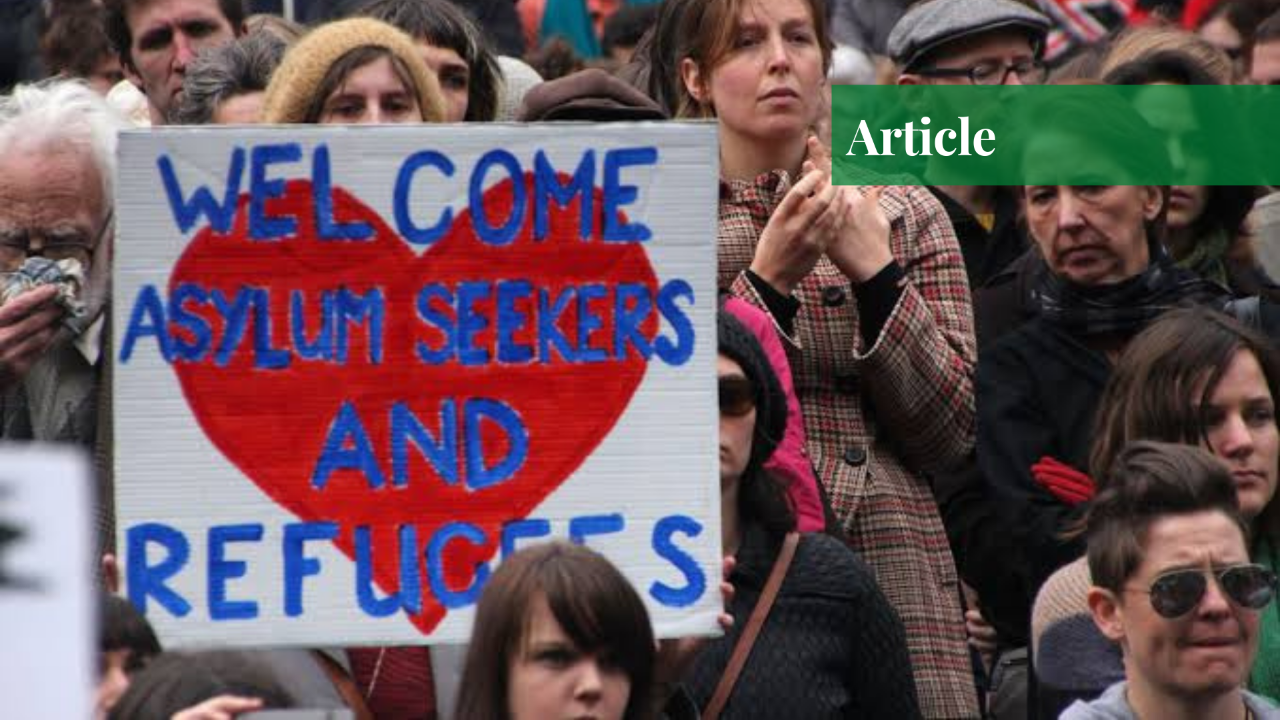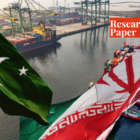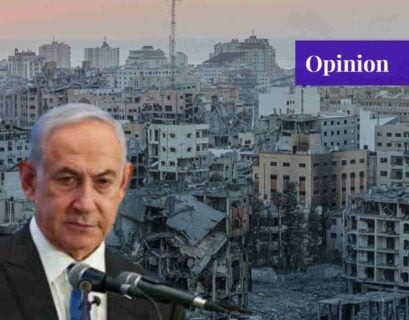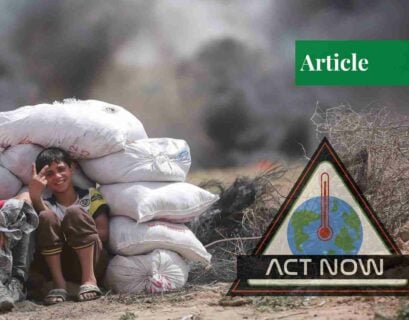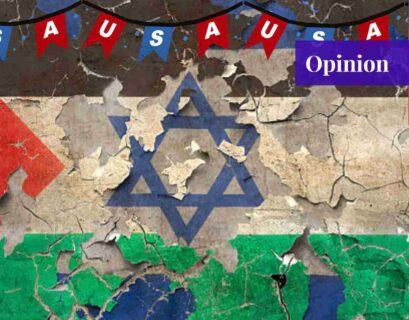Noor Ul Huda is currently enrolled in a master's program for international relations at the National Defense University. She has previously interned at the Institute of Strategic Studies Islamabad (ISSI).
Australia’s Refugee and Humanitarian Program
In this day and age, certain expectations are associated with states like Australia. Some of these expectations come in the form of upholding human rights and refugee rights. Having signed most of the conventions endorsing these rights, Australia has an obligation towards giving refuge to asylum seekers, running for their lives, from persecution, and ending up on Australia’s doorstep.
Either for this reason or to keep up appearances, Australia has a Refugee and Humanitarian Program that allows it to accept 12,000 to 13,000 people annually. This program only extends to refugees who followed the legal process and arrived via planes. It refuses to allow the immigrants arriving at Australia’s borders on boats, without visas, to enter the mainland.
Under the program, Australia has to provide onshore protection to asylum seekers with valid visas and verified asylum claims. It is obligated to offer offshore resettlement to refugees facing segregation in their own countries, and referred by UNHCR or by families and friends. Furthermore, it must take under its wing asylum seekers who were refugees in other countries before they arrived in Australia.
Australia permits legal immigrants either to community detention centers, run by churches or introduce them directly into the community through the issuance of the bridging visa E (BVE). Nevertheless, these asylum seekers then have to apply for protection for their claims to be assessed which is done by the Department of Immigration and by Border Protection under the light of the Migration Act.
If the claims are found to be true, the asylum seeker is granted a protection visa. If the asylum seekers are denied protection in the primary stage then they can contest the decision of the department through the Refugee Review Tribunal, Administrative Appeals Tribunal, or in exceptional cases, through the intervention of Ministries.
However, if they arrive illegally, they have to wait for up to 4 years to apply for protection; they cannot apply for permanent residency and are not granted free legal assistance. Due to Australia’s asylum policies, 30,000 asylum seekers, labeled the “legacy caseload” by the Aussie government, are affected.
Illegal Asylum Seekers and Operation Sovereign Borders
Since 1976, 69,600 people have arrived in Australia illegally via boats. Most of the asylum seekers reaching the country are from Afghanistan, Middle East, and Southeast Asia. Due to the conditions in war-torn countries, people are forced to flee in fear of losing their lives and then voyage on a perilous journey to Australia.
The journey to Australia has cost the lives of 1,200 asylum seekers at sea. Illegal immigrants pay large sums of money to people smugglers. The Australian government has declared this practice to be a threat to the continent’s land and maritime boundaries. According to the government, the immigrants are financing criminal gangs and increasing their power by paying them to be smuggled to Australia.
The government uses this to justify its harsh detention policies against illegal asylum seekers and its cruel treatment of detainees. Furthermore, the political party in charge claimed that since the journey was dangerous and controlled by criminals, illegal immigrants should not be allowed to reach Australian soil. This also allowed Australia to sidestep the non-refoulment laws.
To gather public support, the media and politicians have been spreading xenophobia against refugees for the past 20 years. They had succeeded to some extent before the human rights violations in Nauru and Papua New Guinea were made known. They built this narrative by calling the refugees welfare hungry, lazy, thieves for stealing the jobs of Australian citizens, terrorists, and threats to the national security of Australia.
To introduce harsh asylum policies in Australia, the government started to implement what is known as “Operation Sovereign Borders” in 2013. This operation served asylum operations on a platter to the Australian military. The military then proceeded to intercept the boats and send them back.
Nevertheless, the boats that succeeded to bypass the maritime patrol and reached the Australian border (shoreline) were rejected at the frontiers and sent to Australia’s offshore processing centers. Since 2013, it has sent 3,000 asylum seekers to these centers. Australia has made use of two offshore processing centers or detention camps, one in Nauru and the second in Manus Island, Papua New Guinea. 34% of the detained population has been imprisoned for two years on these islands.
The Dark Reality and the Island of Despair
The offshore processing centers cost the Australian government £350,000 per person per year. They are nothing less than open-air prisons. The detainees or asylum seekers are not allowed to leave the island. They are forced to live under inhumane conditions, which amounts to torture under International Law. These centers break apart families and prevent them from reuniting.
The unaccompanied men are sent to Manus Island, while women and children are sent to Nauru. Journalists and the media are not issued visas to visit these centers. Hence, preventing the world from knowing the full extent of the human rights abuses being carried out there, mainly on Nauru.
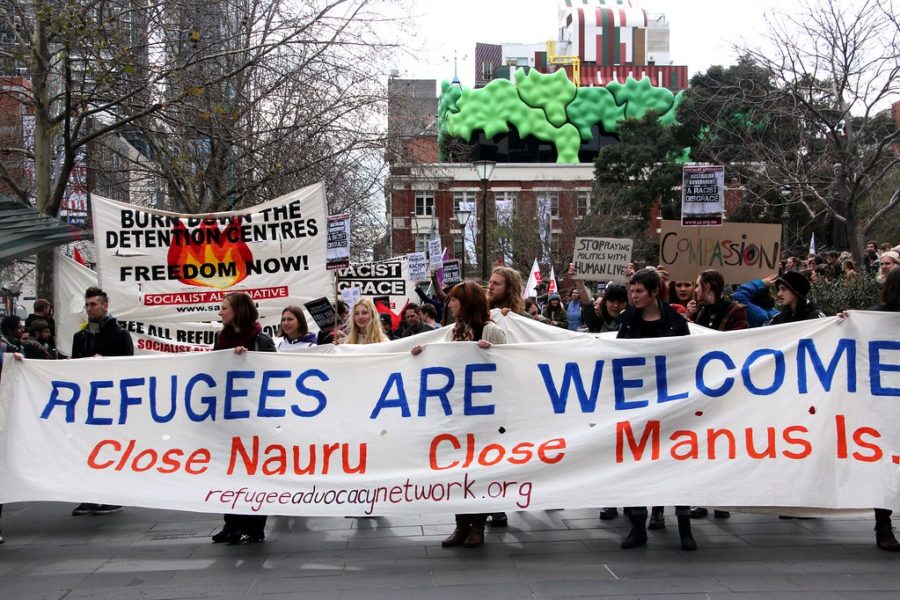
The asylum seekers are denied basic human necessities. They are not given any medical treatment and are forced to live in unhygienic conditions. The worst part is not the living conditions but rather their treatment by the detention guards. On Manus Island, men are stripped of their privacy, beaten, and raped daily by these guards.
On Nauru, the families, particularly women have no better fate. The island has been dubbed the Island of Despair. The guards spare no one, neither married women nor little girls, or men. The women live knowing they’ll be raped every day and no one will come to stop it and help them. If they refuse and put up a fight, they are beaten into submission or their families are threatened.
By 2016, there 1,163 asylum seekers and refugees were processed, 77% of which lived on Nauru. These people define Nauru as being worse than the places they fled from. Self-harm has spread like a plague on this island. The refugees suffer from extreme depression and mental health issues with no treatment. They take their frustration and despair out through self-harm.
Every day these islands suck the life out of their prisoners, little by little. Their victims have lost their will to live; countless have attempted suicide. Nauru drives these helpless detainees to the edge and offers them no help; it also doesn’t let them go over that edge and die. It keeps them in a continuous cycle of suffering, rooted in limbo with no escape. If it is made known that a certain refugee self-harms, he/she is confined in a prison within the prison they already consider their personal hell—Nauru.
Where Every Child Is a Victim
Children born in Nauru are mostly the product of rape. Even if they’re not, they are mistreated and deemed unworthy of a nationality. They are subjected to continuous death threats and physical and mental abuse for as long as they live in the centers, or live at all. In 2018, 100 children lived in Nauru, 30 of them were critically ill and permitted to hospitals the previous year.
The mental and physical abuse, along with the overall scent of despair and devastation, took a toll on these children. It cornered them and forced as much stress, depression, and anxiety on these helpless little minds as it could, leading to some, if not most, of them developing Resignation Syndrome. Those who have developed this medical condition, refuse to eat, drink or talk. This has led to the children losing consciousness and being fed through tubes.
They’ve lost all hope and their thoughts revolve around suicide. They seek a way to end their suffering. In an effort to do so, they crawl into a shell, refusing to connect to the outside world. Children have resorted to attempting suicide just to escape the pain and helplessness. It caused a 17-year-old girl and a 12-year-old boy to be hospitalized after they refused to eat and drink fluids. It pushed a 12-year-old girl to set herself on fire, after numerous suicide attempts, right in front of her family and other children.
Nauru forced children, like the ones mentioned, to resign to what they deemed their miserable fate. Even after escaping Nauru and Manus Island, the refugees and asylum seekers are forever haunted by their experiences in the form of Post-Traumatic Stress Disorder (PTSD). 650 refugees living in Nauru were declared mentally ill and some even show signs of resignation syndrome.
International Response
Australia is a party to several human rights conventions. Nevertheless, it does nothing to prevent the human rights violations of the refugees on Nauru and Manus Island. On the contrary, it plays a crucial role in these violations. When these violations came to the knowledge of the United Nations, it condemned Australia’s asylum policies and declared them a violation of the Convention Against Torture.
In its 2016 Rapporteur on torture, the UN declared that the rights of asylum seekers to be free from torture, persecution, and inhuman or degrading treatment, were being violated on Manus Island and Nauru. Furthermore, it asked Australia to release the unlawfully detained refugees and pay them compensation. The UN High Commissioner for Refugees urged Australia to stop its offshore processing in July 2017.
After the United Nations and Amnesty International published numerous reports on the refugee treatment on Australia, Nauru, and Manus Island, there was a worldwide outcry, condemning the actions of Australia and the respective governments. The Nauru Files, published by the Guardian Australia, were what gave the average Australian citizen a glimpse into the lives of the asylum seekers.
The commotion generated by this report was the reason the Australian public revolted against the treatment of refugees on Nauru. While most of the international community condemns the cruel and harsh treatment carried about by the Australian authority, some right-wing political parties in Europe support the initiative.
Italy’s government has followed in the Australian footsteps and turned away refugee boats. Denmark’s far-right politicians tried to visit Nauru to get tips on how to keep the refugees under control the Australian way. Jens Baur, chairman of the neo-Nazi National Democratic Party of Germany’s Saxony region, has praised Australia’s success in deterring refugees and asylum seekers through its policies. Hungary is already anti-refugee, while Britain’s far-right activists and politicians, particularly those in favor of Brexit, also support Australia.
Conclusion
Australia has justified its treatment of refugees by calling them deterrents for future refugees. The government believes that its policies will prevent more refugees from entering Australia. Yet, this policy comes at a very heavy price. It has resulted in the sufferings of thousands, making them victims of self-harm, depression, anxiety, suicide, and sexual abuse. These violations of human rights are inexcusable.
It was decided by the Supreme Court of Papua New Guinea that the detention center on Manus Island will be closed and the refugees will be relocated or sent back. However, despite the processing center being closed in 2017, the refugees from Manus Island were relocated to different locations in Papua New Guinea. The refugees’ lives are still under threat, particularly on Nauru since Australia has signed a deal with the Nauru government to keep the center indefinitely open.
In the last 7 years, Australia has been forced to relocate 1,200 refugees back to Australia for medical treatment. Despite that, it has not refrained from forcefully detaining them and giving them the choice to choose between two levels of hell. The two levels being, either returning to their home country and face persecution or returning to the processing centers. Closing the detention centers will not be enough.
As of March 2020, 228 refugees still remain in Papua New Guinee and 211 in Nauru and 1,220 refugees have been transferred to Australia to receive medical treatment. Before closing the detention centers, it is necessary to ensure that the rights of the refugees will be protected wherever they are sent and that they will be reunited with their families. Furthermore, they should be given the necessary medical and psychological help they need to be introduced into society.
If you want to submit your articles and/or research papers, please check the Submissions page.
The views and opinions expressed in this article/paper are the author’s own and do not necessarily reflect the editorial position of Paradigm Shift.
